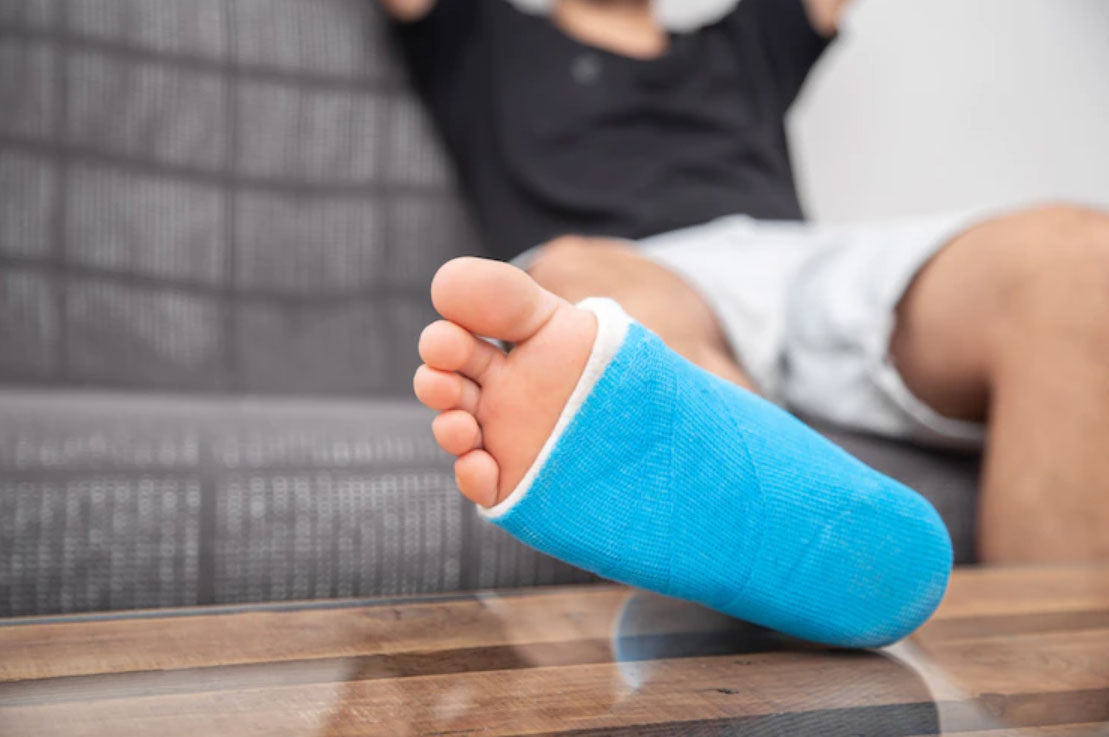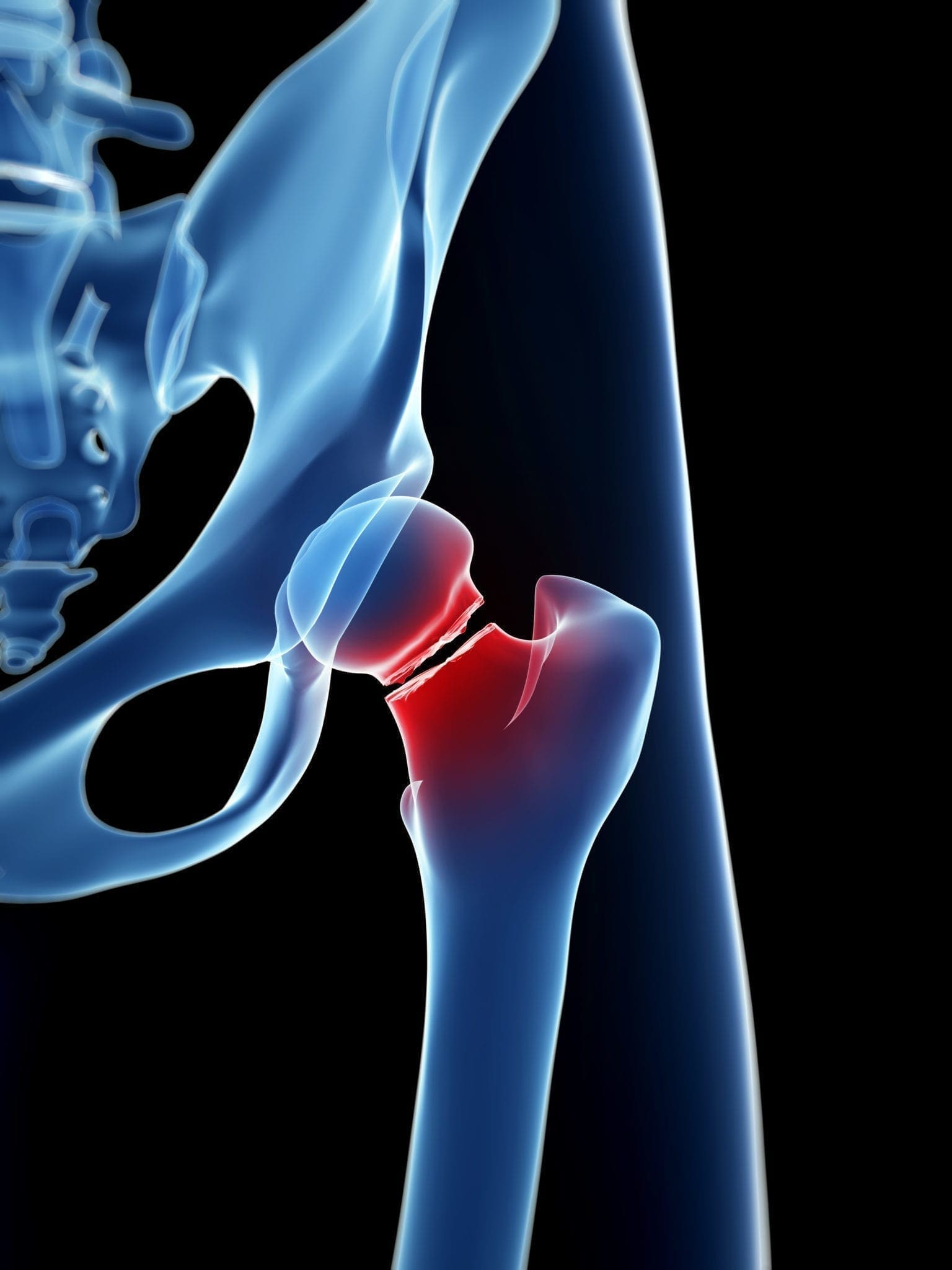- #11-13 Mount Elizabeth Medical Centre (Orchard)
- Mon Fri 9am — 6pm | Sat 9am — 12.30 pm
Trauma is a physical injury caused by an external force. One of the most common injuries resulting from trauma is a broken bone, also known as a fracture. Fractures can range from minor hairline cracks to complete breaks, and can occur in any bone in the body. This guide provides a comprehensive overview of bone fractures caused by trauma, encompassing causes, symptoms, diagnosis, treatment options, and the healing process.

A bone fracture is a break in the continuity of a bone. The strength and type of fracture depend on the force of the impact, the bone’s density, and underlying conditions that might affect bone health. Fractures can be categorized in several ways:
Fractures can occur due to various types of traumas:

The symptoms of a fracture can vary depending on the severity and location of the break. However, some common signs and symptoms include:
It’s crucial to remember that these symptoms can sometimes be caused by other musculoskeletal injuries. Consulting a healthcare professional for proper diagnosis is essential.
Diagnosis of a fracture typically involves:
A detailed discussion about the mechanism of injury, any previous injuries, and medical conditions.
The healthcare professional will assess the affected area for:
The treatment approach for a fracture depends on the type, severity, and location of the break. Here’s an overview of common treatment strategies:
Many fractures can heal on their own with proper immobilization and support. This might involve:
Surgery might be necessary in some cases, such as:
The choice of surgical procedure depends on the specific fracture and will be discussed with the healthcare professional.
The healing time for a fracture varies depending on the severity of the break, the bone involved, and individual healing factors. It typically takes 6-8 weeks for a minor fracture to heal completely, while more complex fractures might take several months. Here are some key points for optimal recovery:
With proper treatment and rehabilitation, most fractures heal completely, and individuals can regain full function of the affected limb. Book your consultation with our experts now!